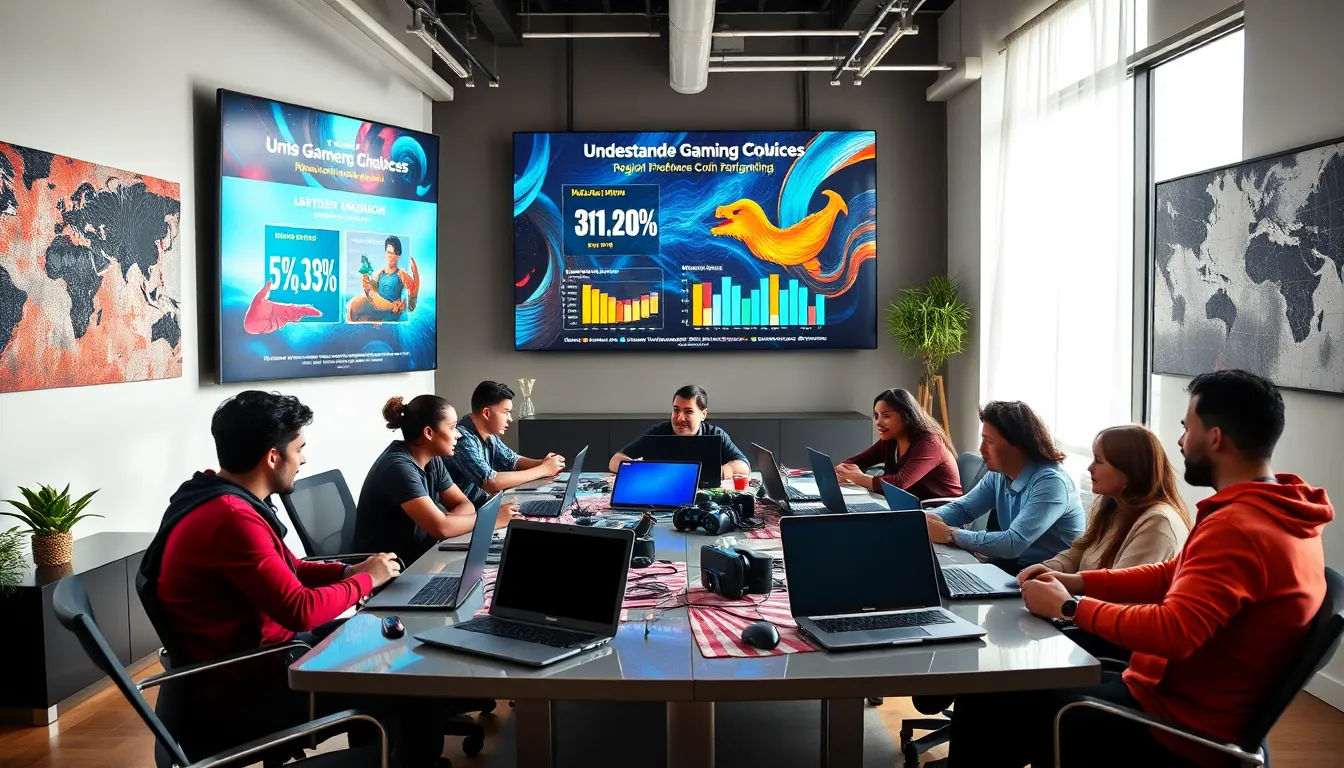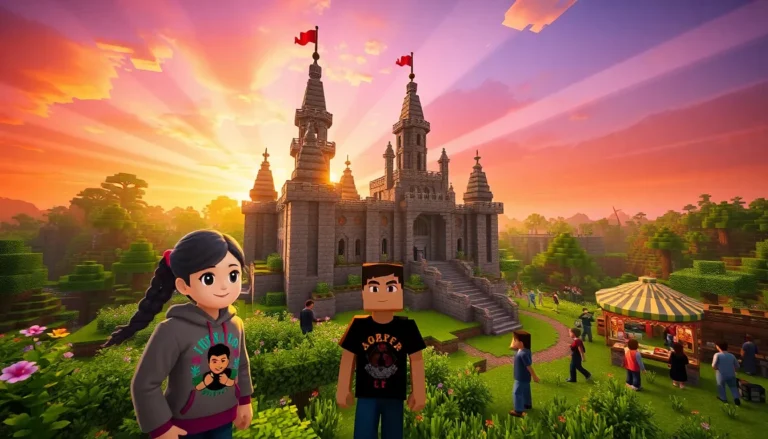Table of Contents
ToggleHave you ever wondered why some games take off like a rocket in one region and flop like a fish out of water in another? It’s a puzzling phenomenon, rooted deep within the culture, tastes, and habits of different locales. In the world of WebBizMagnet games, understanding these regional preferences isn’t just a luxury: it’s a necessity. Let’s jump into the fascinating realm of regional gaming preferences and uncover how they shape the gaming landscape. Hold onto your joystick: it’s going to be an enlightening ride.
Understanding Regional Preferences

Cultural Influences on Gaming Choices
The culture of a region can dramatically sway gaming preferences. In Japan, for instance, the excitement for role-playing games (RPGs) is unmatched. Titles like Final Fantasy and Pokémon have carved a niche that is as deep as the ocean. These games speak not only to entertainment but also to cultural narratives and story-telling traditions.
In contrast, Western gamers often lean towards first-person shooters and open-world adventures. The adrenaline rush of a fast-paced shooter or the freedom of exploration resonates with a broader audience, reflecting societal values where competition and individualism thrive.
Local Trends and Popular Genres
Staying attuned to local trends offers profound insights into what gamers crave. In South Korea, esports has become a cultural phenomenon. Titles like League of Legends and StarCraft have turned players into local heroes, earning them significant social status. Such popularity hinges on community engagement, competitive spirit, and a shared love for strategy and skill.
Meanwhile, in Brazil, mobile gaming has captured hearts and minds alike. With smartphones accessible to many, titles that are easy to play on-the-go, like Candy Crush and Clash of Clans, dominate the charts. The convergence of technology with local lifestyle needs reveals why understanding regional preferences makes or breaks game success.
Data-Driven Insights into User Preferences
The Role of Localization in Game Development
Localization is not simply about language translation: it’s a comprehensive approach to adapting games for various markets. For example, adapting graphics, characters, and even game mechanics can significantly affect a game’s reception in a new region. If a game includes culturally specific humor or references, it can set a tone that resonates or repels.
Consider how the popular MMORPG, World of Warcraft, has successfully localized its content. By tailoring quests and storylines to suit different regions, it maintains a unique appeal while capitalizing on local flavor. Data suggests that games well-optimized for local cultures enjoy higher engagement rates and extended player retention.
Effective Marketing Strategies for Different Regions
Case Studies: Successful Regional Adaptations
Examining case studies serves as a powerful lens through which to view successful strategies. Let’s take a look at how Candy Crush approached various markets. In Asia, where gaming can be social and communal, it utilized vibrant graphics and high interactivity, promoting multiplayer options. This tactical move led to a surge in downloads and user engagement, thanks to its ability to fit seamlessly into local culture.
In contrast, in European markets, where competitive play is often preferred, the game highlighted challenging puzzles and competitive leaderboards. By smartly adapting to regional preferences, Candy Crush emerged not just as a game, but a cultural fixture beloved by diverse audiences.
Collaborating with Regional Influencers
Future Trends in Regional Game Preferences
Looking to the future, collaboration with regional influencers is likely to reshape how games are marketed and consumed. These influencers often understand their audience’s preferences better than anyone else. By partnering with local gamers, developers tap into substantial followings and gain insights that drive marketing strategies.
Also, virtual reality (VR) and augmented reality (AR) are poised to redefine engagement. These technologies, while still developing, offer unprecedented opportunities for immersive gaming experiences that cater brilliantly to regional tastes. With the rise of interest in sustainable and social gaming, whose benefits can also extend into cultural relevance, the future looks promising.





